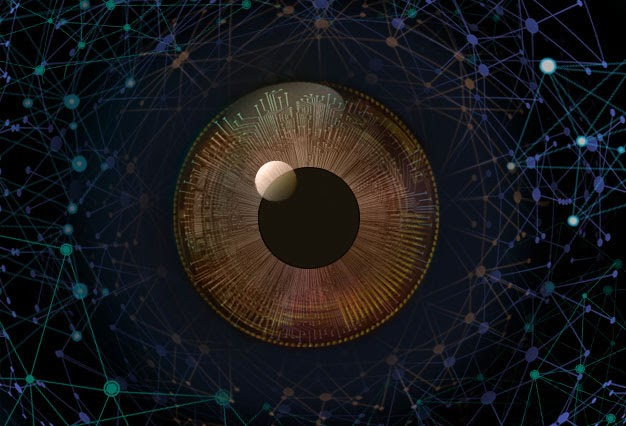Feb 5 2020
A neural network developed by Russian researchers learns to estimate a quantum system’s behavior by “looking” at its network structure. The researchers belong to the Moscow Institute of Physics and Technology, ITMO University, and Valiev Institute of Physics and Technology.
 AI on the lookout for quantum advantages. Image Credit: Alexey Melnikov.
AI on the lookout for quantum advantages. Image Credit: Alexey Melnikov.
The neural network has the capability to independently find solutions that are well-matched with demonstrations of quantum advantages. Using this network, researchers can develop new efficient quantum computers. The study outcomes were described in the New Journal of Physics.
Quantum mechanical calculations are used to solve a broad array of problems in modern science. Some examples include the search for stable molecular structures for medicine, pharmaceutics, and other industries, as well as research into chemical reactions. Quantum computations are well-adapted to the problems involved, due to their quantum nature. On the other hand, classical computations can offer only bulky approximate solutions.
It is expensive and laborious to create quantum computers, and there is no assurance that the resulting devices will exhibit any quantum advantage—in other words, operating faster compared to a classical computer. Therefore, scientists require tools to predict if a specified quantum device will have a quantum advantage.
Quantum walks are one of the solutions to carry out quantum computations. In other words, it is possible to visualize the method as a particle moving in a specific network, which is fundamental to a quantum circuit.
In case the quantum walk of a particle from one network node to another occurs more quickly when compared to its classical equivalent, a device based on that circuit will deliver a quantum advantage. Quantum walk experts handle this vital step of searching for such superior networks.
The Russian researchers used artificial intelligence as an alternative to the experts. The machine was trained by the researchers to differentiate between networks and find whether a specified network will have a quantum advantage. This identifies the networks that are best suited for developing a quantum computer.
A neural network oriented toward image recognition was used by the researchers. The input data was an adjacency matrix in combination with the number of input and output nodes. The neural network predicted whether the quantum or the classical walk between the specified nodes would be quicker.
It was not obvious this approach would work, but it did. We have been quite successful in training the computer to make autonomous predictions of whether a complex network has a quantum advantage.
Leonid Fedichkin, Associate Professor, Theoretical Physics Department, MIPT
“The line between quantum and classical behaviors is often blurred. The distinctive feature of our study is the resulting special-purpose computer vision, capable of discerning this fine line in the network space,” stated Alexey Melnikov, MIPT graduate, and researcher at ITMO University.
The researchers collaborated with Alexander Alodjants, their co-author, to create a tool that makes it easy to develop computational circuits based on quantum algorithms. The ensuing devices will find potential applications in the fields of materials science and biophotonics research.
Quantum walks well define the process of excitation of photosensitive proteins, like chlorophyll or rhodopsin. The structure of a protein, which is a complex molecule, resembles a network.
Finding the solution to a problem that formally involves decoding the quantum walk time from one node to another may, in fact, unravel what happens to an electron at a specific position within a molecule, to which position it will move, and what type of excitation it will bring about.
When compared to architectures that rely on gates and qubits, it is anticipated that quantum walks will offer a simpler way to execute the quantum calculation of natural phenomena. This is because the walks are a natural physical process by themselves.
This research was funded by the Russian government grant 08-08 and by the Russian Foundation for Basic Research grant Nos. 19-52-52012 MHT-a and 17-07-00994-a.